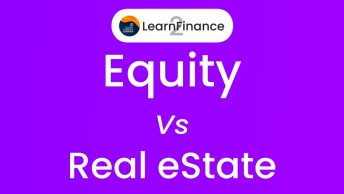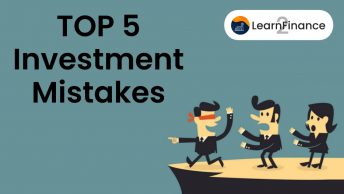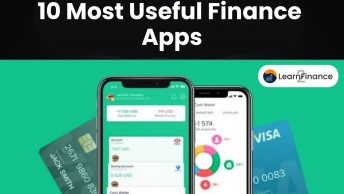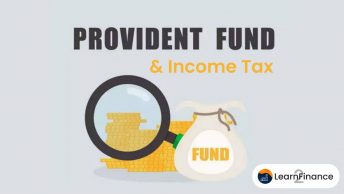Did you ever thought “How No Cost EMI Works ?”, Shopping has ceased to be a seasonal pastime and has been replaced by a year-round affair, thanks to e-commerce websites that offer excellent deals 24 hours a day, seven days a week. With the constant barrage of alerts urging customers to buy at the most reduced price, purchasing behavior has shifted to become more impulsive than before. Although it appears on the surface that you have saved a significant amount of money by taking advantage of a fantastic offer, in fact, you wind up purchasing items that were not really necessary in the first place.
The no-cost EMI or zero-cost EMI programme is one such strategy that has recently gained popularity, particularly in the white goods sector. It is not unusual to hear someone excitedly purchasing a phone, television, or another electronic device that they previously believed was beyond their reach because of the zero-interest EMI deal. Is this, however, a good offer or a clever publicity stunt? Let’s have a look!
What is No cost EMI or zero interest EMI?
When you hear the words “no-cost EMI,” what is the first thing that comes to mind? There are no interest payments to be made. Isn’t that so? You have the impression that it is a no-interest loan. However, this is not the case. A loan with no interest payments is known as a no-cost EMI. Your bank receives a discount in the form of interest when you use No Cost EMIs. In a circular issued in 2013, the Reserve Bank of India (RBI) said that the idea of zero per cent interest is not viable. This indicates that banks are definitely not permitted to provide zero-interest loans. So, how are the merchants implementing this promotion?
The Reserve Bank of India (RBI) prohibited banks from promoting 0% EMI schemes on retail goods in 2013. As a result, banks strive to come up with a different choice. No cost EMI makes it appear as though you won’t have to pay any interest on the loan, but you will. The discount will be refunded to you in the form of interest by your bank. “Interest-free loans are not permitted under RBI guidelines. “Vendors or corporations either give an upfront discount or offer cashback equal to the interest amount,” said Rajiv M. Ranjan, PaisaDukan.com’s founder, chairman, and managing director.
How does a no-cost EMI work?
There are two methods for these plans to work. One frequent method is to skip the discount and instead pay the interest expense to the bank or financial institution. Another method is to add the interest amount to the product’s price. Let’s take a closer look at these schemes:
- When interest and discounts are equal: The most typical technique for shops to provide ‘No-cost EMI’ is to give discounts equal to the whole amount of interest to be paid. Assume you wish to buy a phone for Rs 50,000/-. You would have to pay Rs 7,500 in interest under the 3-month EMI plan, assuming a 15% interest rate. However, under Zero Cost EMI, you are not eligible for a rebate and must pay the full price of the Smartphone in EMIs.
What exactly does this mean? However, if you pay in advance, the Smartphone would just cost you Rs 42,500. You may purchase it at Rs 42,500 off the regular price. If you choose the No Cost EMI option, you would end up paying Rs 50,000. You do not receive the Rs 7,500 reduction, which is applied to the loan’s interest. The entire cost of the Smartphone is divided between money paid to the store and interest paid to the financier.
- When the amount of interest is applied to the product price: Another way such schemes function is by adding the interest amount to the product’s price. Assume the product costs Rs 15,000 in India. The store entices you to buy these goods with a ‘No-cost EMI’ plan for Rs 17, 250. The interest of Rs 2,250 has already been added to the cost of your purchase and will be paid in instalments by you. As a result, if you have chosen a three-month EMI plan, the monthly payment would be Rs 5,750. The Rs 2,250 may be covered as processing costs in some cases.
How no-cost EMI work on credit cards?
No cost EMI works the same as the above-mentioned process on a credit card, but credit card has its own advantages.
Assume you buy a phone and choose no-interest EMI. At the moment of purchase, your bank pays the whole sum all at once. This amount is debited from your credit card’s overall credit limit. When you pay with no-cost EMIs, the EMI amount is applied to your credit limit each month.
As an example, if your credit limit is Rs 2 lakh and you make a Rs 72,000 transaction, your credit limit would be reduced to Rs 1,28,000 following the transaction.
Assume you choose a 6-month EMI of Rs 12,000 on your credit card. Your credit limit is increased by Rs 12,000 per month if you make consistent payments of Rs 12,000 each month. Your credit limit is restored to the original Rs 2 lakh at the conclusion of the three months after you pay additional Rs 36,000.
Advantages of No cost EMI on Credit Cards:
- The fact that most credit cards provide zero-interest EMIs is an obvious benefit. When you buy particular things on an online site or at a store, you may convert your purchases into zero-interest instalments.
- An opportunity to enhance your credit score: Choosing the no-cost EMI can help you enhance your credit score. Your credit score is a three-digit number that is issued to you based on your credit history. The timely repayment of debts is a major element influencing your credit score. When you choose the no-cost EMI option for credit card payments and make on-time payments, you may steadily develop and enhance your credit score.
If you want to know about improving your credit score and what are the factors affecting your credit score read our blog on “Steps to get the 800+ credit score in India for perfect financial future”.
Is No Cost EMI good?
In certain situation it is better to opt for no-cost EMI:
- You desire to acquire a costly or popular product that you cannot afford or that is out of your price range.
- You do not have the funds to make a down payment.
- You’re getting a good deal.
- You want to establish your credit history, and a short modest loan will assist.
Conclusion:
When choosing a loan with a No Cost EMI option, you should also consider the down payment and any processing costs. Carefully read the tiny print and terms and conditions. This scheme is not available on every product sold by the merchants. Furthermore, if you do not have a credit card from the appropriate bank that offers the plan, you will be unable to obtain the No Cost EMI package if it is linked to the credit card. Even though you are just obligated to pay the EMIs, your credit limit on your card is restricted for the total transaction value.
Other lenders make similar offers to customers who do not have credit cards or even credit ratings. Such lenders have staff on hand to assist you with loan processing within 5-10 minutes. The deal may appear to be lucrative, but if not handled properly, it can have an impact on your financial budget and, eventually, your credit scores!
Your higher self could want you to buy it. In most cases, the cash discount is not more than the EMI reduction. It’s a marketing ploy and a technique to get the old stuff out of the way before the new stuff arrives. It is not wise to take out loans to purchase white goods. It could work for you if the goods you wish to buy is on sale. However, don’t get caught up in a marketing ploy that leads to you purchasing a product you didn’t need at a greater price. Also, do not get behind on your EMI payments.


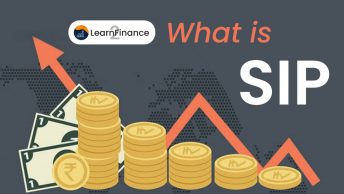
![10 [Must Read] Books on Personal Finance for Indian Investors 3 10 [Must Read] Books on Personal Finance for Indian Investors](https://learn2finance.com/wp-content/uploads/2021/09/10-Must-Read-Books-on-Personal-Finance-for-Indian-Investors-344x194.jpg)
